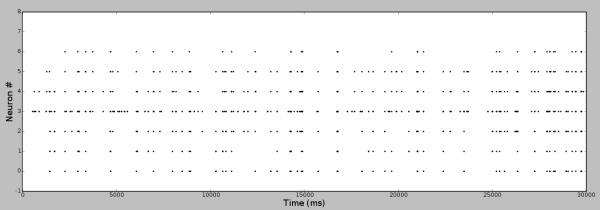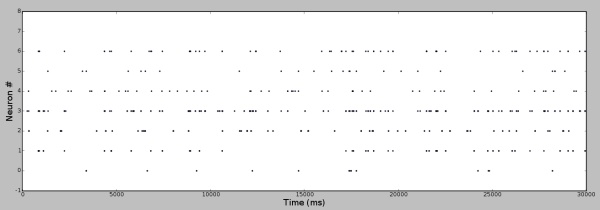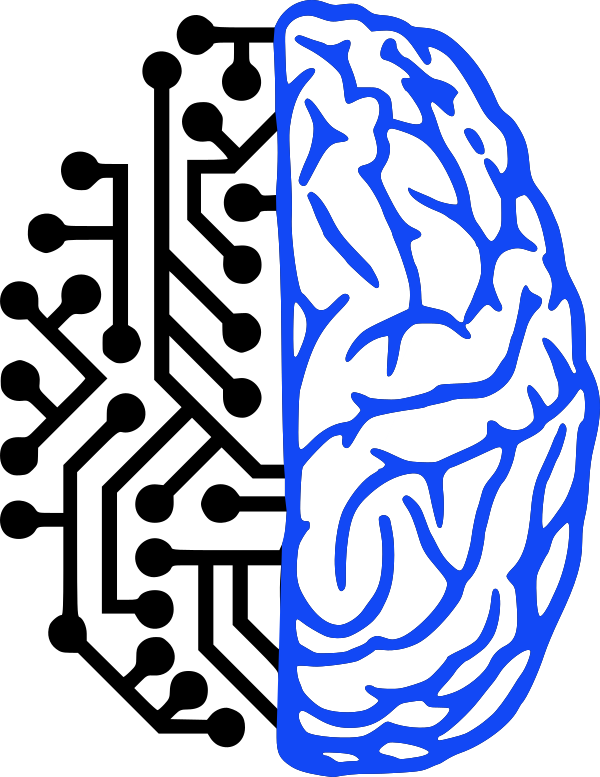In spiking neural networks, both information processing and (short term) memory are encoded in the network dynamics, i.e. in the spike times of the different neurons. But due to noise, a neural network will never respond in exactly the same way to identical input. Furthermore, in biological systems even similar input information results in varying spike patterns sent to the cortex: E.g. the signal generated by the retina changes while viewing a single object.
Obviously, the occurrence or absence of single spikes does not affect the function of a large network in principle. In many cases neural information processing rather reveals a statistical nature. Many significant facets of a network's dynamics can be subsumed as firing activities of different populations of neurons and their causal and temporal dependencies on each other. Therefore, we aim for a statistical description of networks' behaviour. Commonly used measures are mean firing rates (for overall activity), pairwise correlations (whether neurons fire in synchrony) or the so-called Fano-Factor (whether the spikes occur clocked or at random). Depending on the particular task and connectivity of the network further measures need to be applied.
Similar to PyNN, which allows a platform-independent description of networks and experiments, the members of the FACETS research project developed a package of classes and functions - named NeuroTools - to process, analyse and plot the experiments' results. Since PyNN provides uniform data formats on any simulator back-end, NeuroTools is compatible with any platform's results.


Example of a small network on the "Spikey" chip firing synchronous (top) and asynchronous (bottom). Plots generated with NeuroTools.
Electronic Visions Group – Prof. Dr. Johannes Schemmel
Im Neuenheimer Feld 225a
69120 Heidelberg
Germany
phone: +49 6221 549849
fax: +49 6221 549839
email: schemmel(at)kip.uni-heidelberg.de
How to find us


